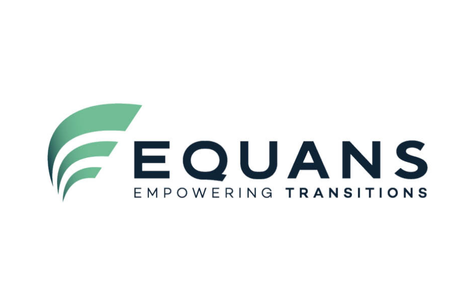RAMS: Reliability, Availability, Maintainability, and Safety
In the field of maintenance and asset management, the term RAMS (Reliability, Availability, Maintainability, Safety) plays a crucial role. RAMS provides a framework to describe, determine, and monitor the desired quality of systems and products. By taking an integrated approach to these four aspects – reliability, availability, maintainability, and safety – organizations can achieve sustainable and efficient processes. In this article, we delve deeper into the concept of RAMS, its importance, and its application in various industries.
What is RAMS?
RAMS is a methodology used to evaluate and optimize the performance of technical systems. The four key aspects of RAMS are:
- Reliability:
Reliability indicates how consistently a system or product performs without failure. A reliable system operates according to specifications over a predefined period under specified conditions. Reliability is often measured using indicators like Mean Time Between Failures (MTBF). - Availability:
Availability refers to the amount of time a system is operational and usable. It combines reliability and maintainability. High availability is critical in industries such as manufacturing and infrastructure, where downtime can result in significant costs. - Maintainability:
Maintainability focuses on how easily and quickly a system can be maintained. It includes factors such as repair time (Mean Time To Repair - MTTR), the availability of spare parts, and the system's accessibility for technicians. - Safety:
Safety concerns minimizing risks to people, the environment, and property during the use of a system. This aspect is especially important in industries like petrochemicals, aviation, and railways, where errors or failures can have severe consequences.
The Importance of RAMS
RAMS is essential in industries where system reliability and safety are paramount. It offers several key benefits:
- Increased efficiency: By optimizing system performance, organizations can streamline processes and reduce costs.
- Risk management: RAMS helps identify and mitigate risks of failures or accidents.
- Sustainability: Systems adhering to RAMS principles often consume less energy and raw materials, contributing to a smaller environmental footprint.
- Quality assurance: RAMS provides a structured framework to monitor quality throughout a system’s lifecycle.
Applications of RAMS
The RAMS methodology can be applied at every stage of a system’s lifecycle, from design and development to operational use and decommissioning. Key application areas include:
- Design phase:
During the design phase, RAMS requirements are defined to ensure the system meets desired performance standards. For example, in the railway sector, RAMS analyses are conducted to guarantee the reliability and safety of new trains and signaling systems. - Maintenance strategy:
RAMS is used to develop maintenance strategies that balance costs and performance. Predictive maintenance, supported by data analysis and sensor technology, is an example of an approach aligned with RAMS requirements. - Monitoring and improvement:
During the operational phase, the system is continuously monitored against RAMS criteria. This helps detect deviations and implement corrective measures before major issues arise.
Case Study: RAMS in the Railway Sector
The railway sector is an excellent example of RAMS in practice. Here, the reliability of trains and signaling systems is continuously monitored, and availability is critical to ensure a dependable transportation network. Maintainability is integrated into train design, ensuring technicians have quick access to critical components. Finally, the focus on safety ensures systems comply with strict international standards such as the CENELEC EN 50126 standard.
Tools and Methodologies in RAMS
To effectively manage RAMS requirements, organizations rely on various tools and methodologies, including:
- FMEA (Failure Mode and Effects Analysis): A method for identifying potential failure modes and analyzing their impact.
- RCM (Reliability-Centered Maintenance): A strategy for developing maintenance plans focused on ensuring reliability.
- Fault Tree Analysis (FTA): An analytical technique for identifying and quantifying the causes of system failures.
- RAMS software: Specialized software tools, such as ReliaSoft or Isograph, assist in modeling and simulating RAMS parameters.
Getting started with the RAMS Methodology
Implementing RAMS in your organization begins with a structured approach. First, define clear objectives and performance requirements for your system, ensuring they align with business goals and regulatory standards. Next, assemble a multidisciplinary team that includes experts in engineering, maintenance, safety, and operations. Conduct an initial analysis using tools such as FMEA or RCM to identify potential failure modes and prioritize critical areas for improvement. Utilize RAMS software to model and simulate system performance, helping you to set realistic targets for reliability, availability, maintainability, and safety. Finally, establish a monitoring and feedback loop to continuously assess the system’s performance against RAMS criteria and refine your strategies over time. By following this step-by-step approach, organizations can systematically integrate RAMS principles into their processes and achieve measurable improvements in system performance.
RAMS and the Future
The integration of technologies such as artificial intelligence (AI), the Internet of Things (IoT), and digital twins will further transform RAMS applications. Sensors and real-time data enable more precise system monitoring and predictive maintenance. This allows companies to proactively respond to changes, resulting in increased efficiency and longer system lifespans.






